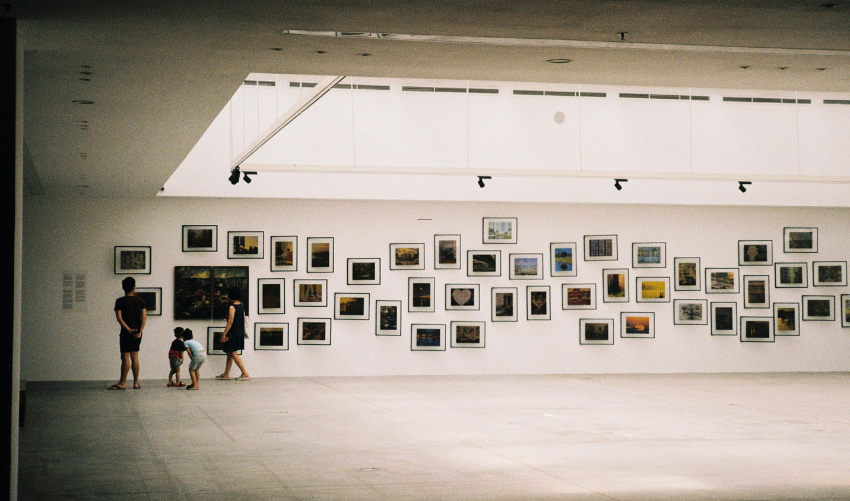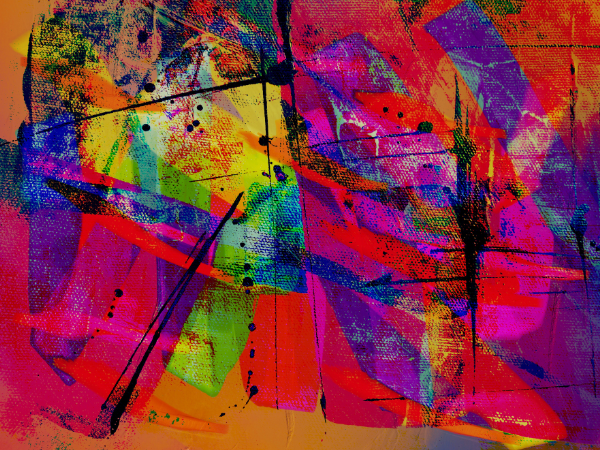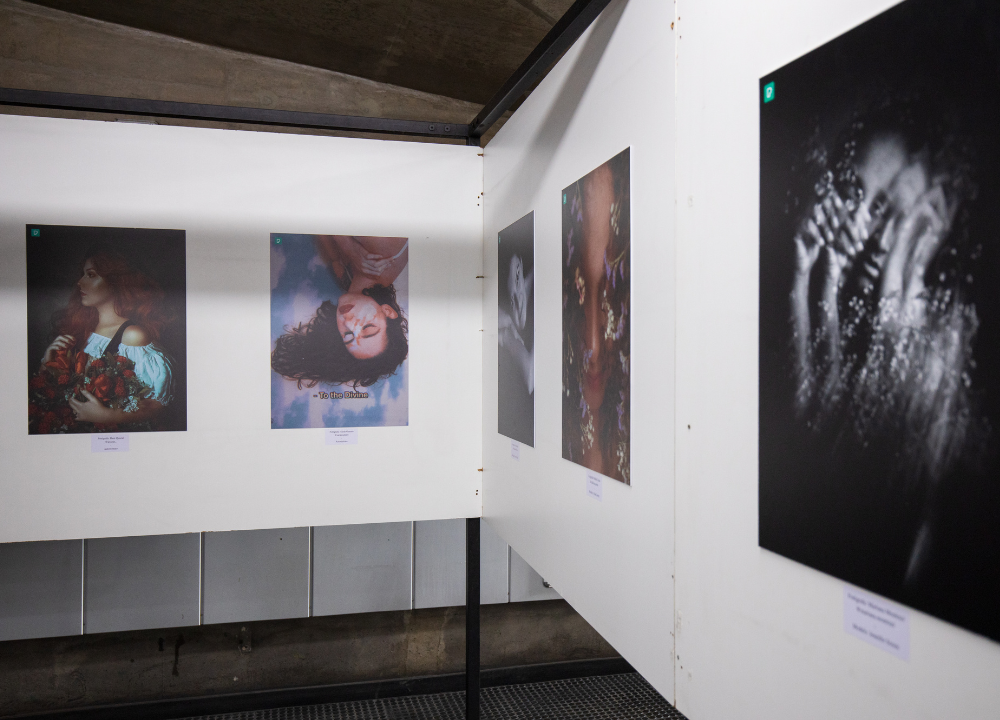The Degenerate Art Exhibition of 1937 was more than just an art show; it was a bold statement against creativity and freedom. If you’ve ever wondered how art can reflect the struggles of society, this story is for you.
You’ll uncover the shocking history behind this controversial event, where modern art was deemed a threat by the Nazi regime. Imagine walking through a gallery filled with pieces that challenged the status quo. Artists like Picasso and Kandinsky faced persecution, yet their work spoke volumes about the human experience.
Roots Of Degenerate Art
It labeled many modern artists as “degenerate” and promoted traditional styles. This exhibition aimed to control culture and erase diverse voices. Understanding the roots of this term helps us grasp the impact of the exhibition.
Historical Context
The term “degenerate art” emerged in the early 20th century. It described art that challenged traditional values. This included:
- Expressionism
- Cubism
- Surrealism
- Futurism
These movements sought new forms of expression. They often criticized society and politics. The rise of the Nazi regime changed everything.
Nazi Ideology
The Nazis aimed for a pure German culture. They viewed modern art as a threat. Key beliefs included:
- Art should reflect Aryan ideals.
- Degenerate art was linked to Jewish culture.
- Artists should promote nationalism.
This ideology shaped their view of art. They needed to remove what they considered harmful.
Targeted Artists
Many famous artists faced persecution. Some notable figures included:
| Artist | Movement |
|---|---|
| Pablo Picasso | Cubism |
| Wassily Kandinsky | |
| Marc Chagall | Surrealism |
These artists challenged norms. Their work was seen as a threat to Nazi ideals.
Public Reception
The Degenerate Art Exhibition drew large crowds. Many people were curious. The exhibition aimed to shock and provoke. It displayed artworks in a negative light. Visitors often left feeling confused or angry.
Some praised modern art. Others accepted Nazi propaganda. This division highlighted the struggle for artistic freedom.

Rise Of The Nazi Regime
The Nazis aimed to control culture and promote their ideology. They viewed modern art as a threat. This led to the infamous exhibition that aimed to mock and condemn artists.
Background Of The Nazi Regime
The Nazi regime began its rise in Germany in the early 1930s. Adolf Hitler became Chancellor in 1933. The regime quickly moved to consolidate power. They targeted various groups, including artists, intellectuals, and Jews.
- 1933: Hitler appointed Chancellor.
- 1934: The Night of the Long Knives eliminated rivals.
- 1935: Nuremberg Laws stripped Jews of rights.
- 1936: The Berlin Olympics showcased Nazi propaganda.
Control Over Culture
The Nazis believed in a specific cultural vision. They wanted art to reflect their ideals. Traditional forms were celebrated, while modern art was rejected.
- Art should promote Aryan values.
- Modern artists were labeled as “degenerate.”
- Art became a tool for propaganda.
Degenerate Art Defined
Degenerate art referred to works that did not fit Nazi ideals. This included expressionism, surrealism, and cubism. The regime saw these styles as chaotic and corrupt.
| Type of Art | Reason for Rejection |
|---|---|
| Expressionism | Too emotional and chaotic |
| Surrealism | Distracted from reality |
| Cubism | Fragmented forms confused viewers |
Impact On Artists
The Nazi regime’s control over art had a devastating impact. Many artists fled Germany. Others faced persecution. Some were forced to create art that aligned with Nazi views.
- Emigration of many influential artists.
- Loss of cultural diversity.
- Forced conformity in artistic expression.
The Degenerate Art Exhibition was a response to this cultural crackdown. It aimed to ridicule modern art and its creators. This exhibition was a public spectacle meant to influence public opinion.
Concept Of Degenerate Art
The concept of Degenerate Art refers to art that the Nazis considered corrupt or unworthy. It targeted many artists and styles that did not fit their ideals. This section explores the definition and criteria of Degenerate Art, as well as the artists who were targeted.
Definition And Criteria
Degenerate Art, or “Entartete Kunst,” was a term used by the Nazis. They labeled modern art as dangerous and immoral. The regime believed this art threatened German culture. The criteria for Degenerate Art included:
- Abstract forms that lacked realism.
- Art that portrayed social issues or criticism.
- Works that used bright, unnatural colors.
- Styles that deviated from traditional techniques.
The Nazis aimed to create a pure German art style. They focused on realism and traditional themes. To illustrate, here is a table of some key characteristics:
| Characteristic | Degenerate Art | Approved Art |
|---|---|---|
| Style | Abstract and experimental | Realistic and traditional |
| Subject Matter | Social critique or personal expression | Heroic and idealized themes |
| Color | Bright and unnatural | Muted and natural |
This definition highlights how the Nazis rejected diverse artistic expressions. They sought to control culture by promoting their own narrow vision.
Targeted Artists
The Nazis targeted many artists in the Degenerate Art Exhibition. They aimed to silence voices that challenged their ideology. Notable artists included:
- Wassily Kandinsky
- Pablo Picasso
- Paul Klee
- Marc Chagall
These artists were known for their innovative styles. They often explored new ideas and forms. The regime labeled their works as “degenerate.” The targeted artists faced severe consequences:
- Many had their works removed from museums.
- Some were forced into exile.
- Others faced persecution or imprisonment.
The exhibition showcased over 650 works. It aimed to shock the public and condemn modern art. By targeting these artists, the Nazis tried to erase diverse voices. They wanted to establish a singular narrative in art. This oppressive campaign had long-lasting effects on the art world.
The 1937 Exhibition
The Degenerate Art Exhibition of 1937 was a pivotal moment in art history. It showcased modern art that the Nazi regime deemed unacceptable. The exhibition aimed to ridicule and condemn artists whose works did not align with Nazi ideals.
Venue And Setup
The exhibition took place in Munich, Germany. It was held at the Haus der Kunst, a grand building known for hosting art exhibitions. The Nazis chose this venue to maximize visibility and impact. The setup of the exhibition was intentionally provocative. It contrasted starkly with traditional art displays.
The layout featured:
- Over 650 works of art.
- Unconventional placement of pieces.
- Dim lighting to create a gloomy atmosphere.
- Signage that mocked the artists.
The exhibition included pieces from famous artists like:
| Artist | Notable Work |
|---|---|
| Pablo Picasso | Guernica |
| Henri Matisse | The Dance |
| Paul Klee | Twittering Machine |
The setup aimed to create a sense of chaos and disorder. It forced viewers to confront their feelings about modern art. Many left feeling confused or angry. The exhibition was a clear statement against artistic freedom.
Featured Works And Artists
The Degenerate Art Exhibition displayed a wide range of modern art styles. Many artists featured were known for their bold and innovative approaches. The works included expressionism, surrealism, and cubism. These styles were not accepted by the Nazi regime.
Some notable pieces in the exhibition were:
- Guernica by Pablo Picasso – A powerful anti-war statement.
- The Scream by Edvard Munch – A depiction of existential angst.
- Composition VIII by Wassily Kandinsky – A colorful exploration of abstraction.
Among the artists, several stood out:
- Pablo Picasso
- Salvador Dalí
- Max Ernst
- Paul Klee
These artists challenged traditional norms. Their works resonated with themes of individuality and freedom. Despite the negative portrayal, the exhibition sparked interest in modern art. It became a rallying point for those who value artistic expression.
Public Reaction
The event aimed to discredit modern art, labeling it as un-German and corrupt. Many people were shocked, confused, or even angry. This exhibition not only displayed art but also sparked a cultural debate. How did the public react? Let’s dive into the media coverage and the audience experience.
Media Coverage
The media played a significant role in shaping public perception of the Degenerate Art Exhibition. Newspapers and magazines reported extensively on the event. They often highlighted the Nazi regime’s views on modern art.
Some key points from the media coverage include:
- Criticism of artists labeled as “degenerate.”
- Descriptions of the exhibition’s setup and atmosphere.
- Public outrage and support for modern art.
Many articles used sensational headlines. They aimed to provoke strong reactions from readers. Here’s a summary of the coverage:
| Publication | Viewpoint | Impact |
|---|---|---|
| Der Stürmer | Strongly anti-modern art | Increased public support for Nazi views |
| Frankfurter Zeitung | Critical of the exhibition | Encouraged a defense of modern artists |
| Vossische Zeitung | Neutral reporting | Informed the public without bias |
Overall, media coverage polarized opinions. Some embraced the Nazi narrative, while others defended the value of modern art.
Audience Experience
Visitors to the Degenerate Art Exhibition had varied experiences. Some felt anger, confusion, or even amusement. The atmosphere was charged. People came to see what the Nazis deemed “bad art.”
Many attendees were curious. They wanted to understand why the government condemned these works. Here are some reactions from the audience:
- Some laughed at the absurdity of the displayed art.
- Others were deeply offended by the government’s stance.
- A few appreciated the artistic merit despite the propaganda.
Visitors noticed the stark contrast between this exhibition and official art shows. The Degenerate Art Exhibition was chaotic and disorganized. In comparison, traditional exhibitions focused on glorifying the regime. Many attendees left with strong opinions about art and censorship.




